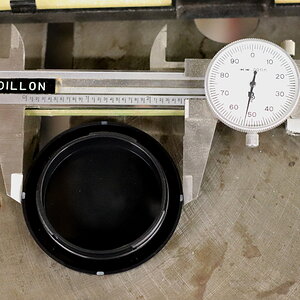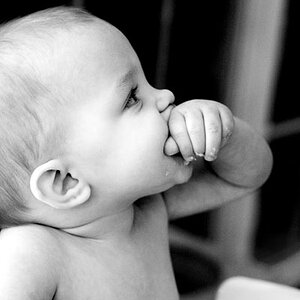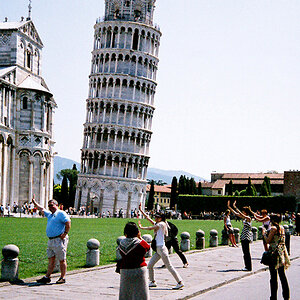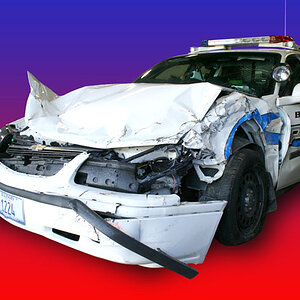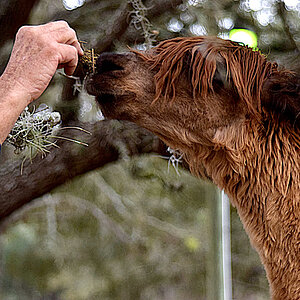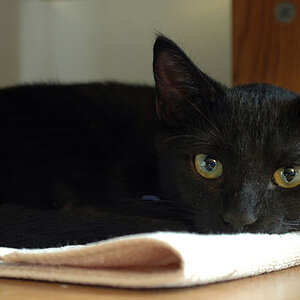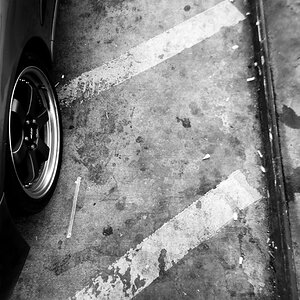- Joined
- Sep 13, 2013
- Messages
- 1,545
- Reaction score
- 636
- Location
- United States, PNW
- Can others edit my Photos
- Photos OK to edit
So I used to shoot in JPEG.
The I shot in JPEG & RAW (But did nothing with the RAW).
Now when I import a file into Aperture, I'll import the RAW.
So I'm going to change my camera over to only import the RAW.
Is this right, am I missing a step? Or is there something else I should be doing with the RAW?
The I shot in JPEG & RAW (But did nothing with the RAW).
Now when I import a file into Aperture, I'll import the RAW.
So I'm going to change my camera over to only import the RAW.
Is this right, am I missing a step? Or is there something else I should be doing with the RAW?


